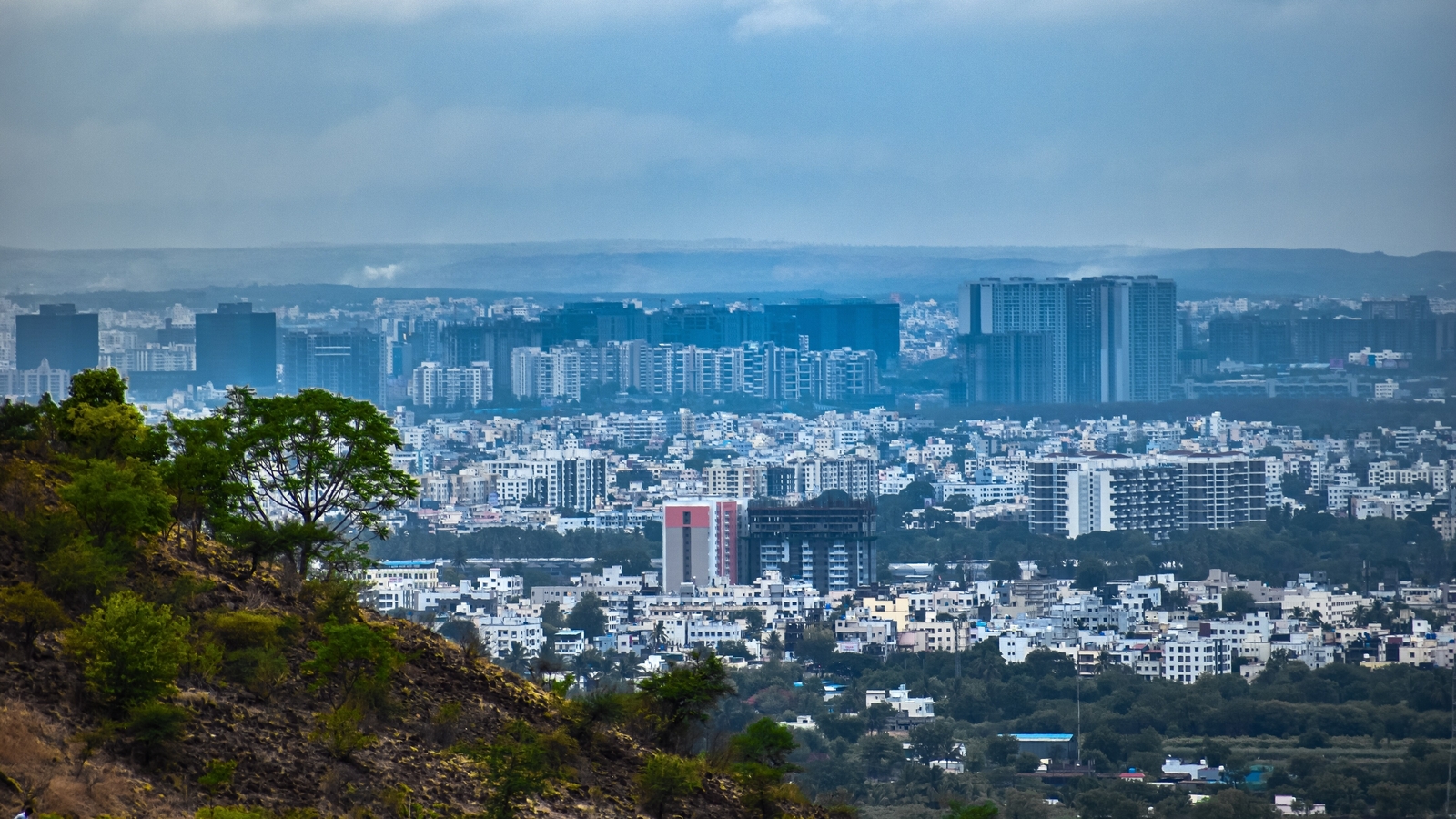The US tariff action on Thursday may hit India’s shrimp and gold jewellery exports but it may provide significant opportunities to certain labour-intensive sectors such as electronics and textiles, even as both sides are negotiating tariff and non-tariff issues expeditiously under the framework of bilateral trade agreement (BTA), four officials and industry experts said.

The imposition of a 27% tariff (10% from April 5 and the rest from April 9) in addition to basic customs duty — other than on goods exempt, such as pharmaceuticals, or on which a different tariff has been levied, such as automobiles — will affect various sectors differently, they added. For example, India’s gold jewellery exports to the US will hit because the Middle East will have about 17% duty advantage over India. But, on diamond and silver jewellery , India will have a 10% advantage over Thailand, the people said, requesting anonymity. Thailand has attracted 37% retaliatory tariff from the US.
Although the 27% additional duty is very high, in global trade, everything is relative, the people explained. India may have an advantage in footwear, textile, chemicals and plastic — with exports from countries that traditionally send these to the US becoming far more expensive — but the gains in some sectors will be offset by losses in others. For example, Indian carpets may lose out to Turkey’s ( the country attracted only a 10% tariff), Indian garments will have duty disadvantage as compared to those from European countries and, on shrimp exports, India will lose to Ecuador (10%), the people said.
Commenting on the Trump government’s tariff action, India’s ministry of commerce and industry said in a statement that it is “carefully examining the implications of the various measures/ announcements made by the President of the US” and it is “engaged with all stakeholders, including Indian industry and exporters, taking feedback of their assessment of the tariffs and assessing the situation”. “The Department is also studying the opportunities that may arise due to this new development in the US trade policy,” it added.
Commenting on the development, Bipin Sapra, tax partner at EY India said a trade deal is the best possible solution. “While certain products have been exempted, and the tariffs imposed on Indian goods are lower than those levied on China and Vietnam — two of India’s biggest competitors in global supply chains — the Indian government must actively pursue a Bilateral Trade Agreement with the United States to mitigate the impact of these duties,” he said. “In the short term, while the increased tariffs may lead to higher prices for Indian exports and potentially shrink or stagnate the size of the United States market for these goods, India could leverage these tariff differentials to gain a competitive advantage in select sectors.”
Federation of Indian Export Organisations (Fieo) director general Ajay Sahai said, “High tariffs will slow the pace of global trade growth, India will be affected, but to a lesser degree compared to other countries. India may leverage the BTA negotiations to protect its industries in a mutually beneficial manner.”
Discussions are ongoing between Indian and US trade teams for the expeditious conclusion of a mutually beneficial, multi-sectoral BTA, the commerce ministry’s statement said. “These cover a wide range of issues of mutual interest including deepening supply chain integration. The ongoing talks are focused on enabling both nations to grow trade, investments and technology transfers. We remain in touch with the Trump Administration on these issues and expect to take them forward in the coming days.”
“India values its Comprehensive Global Strategic Partnership with the United States and is committed to working closely with the US to implement the India-US ‘Catalysing Opportunities for Military Partnership, Accelerated Commerce & Technology’ (COMPACT) for the 21st century to ensure that our trade ties remain a pillar of mutual prosperity and drive transformative change for the benefit of the people of India and the US,” it added.
The US listed 57 countries that would now attract significant major retaliatory tariffs,ranging from 11% to 49%, and 33 of them will attract more than India’s 27%. The people cited above added that most countries would now seek BTAs with the US.
India has an early-mover advantage in the form of BTA negotiations amid this tariff action, they said. “Leaders of both India and US made a BTA mechanism functional before Washington announced retaliatory tariff, hence all outstanding trade issues is expected to be resolved under its framework, and we are on the right path,” one of them said.
“It is not that only India is keen for a BTA with US. Americans are equally eager, and that was the reason their negotiating team visited New Delhi in March last week.”

